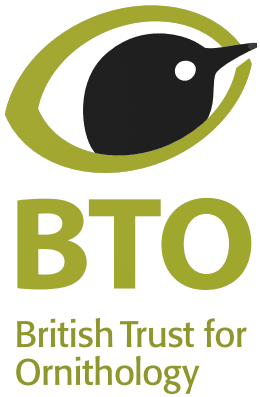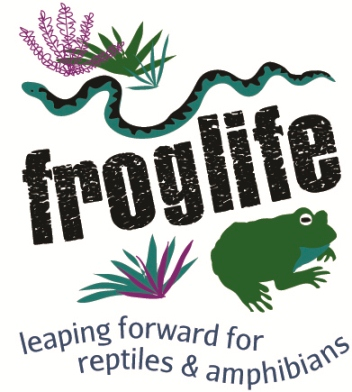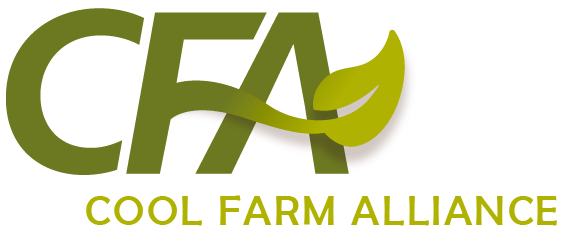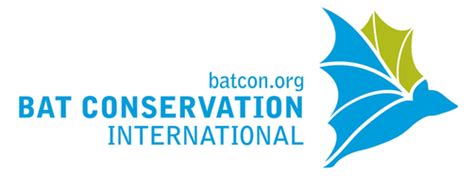The effect of sod type on the occurrence of ground beetles (Coleoptera: Carabidae) in a pest management apple orchard
-
Published source details
Holliday N.J. & Hagley E.A.C. (1984) The effect of sod type on the occurrence of ground beetles (Coleoptera: Carabidae) in a pest management apple orchard. Canadian Entomologist, 116, 165-171.
Published source details Holliday N.J. & Hagley E.A.C. (1984) The effect of sod type on the occurrence of ground beetles (Coleoptera: Carabidae) in a pest management apple orchard. Canadian Entomologist, 116, 165-171.
Actions
This study is summarised as evidence for the following.
| Action | Category | |
|---|---|---|
|
Allow natural regeneration of ground cover beneath perennial crops Action Link |
|
-
Allow natural regeneration of ground cover beneath perennial crops
A randomised, replicated, controlled, before-and-after trial in 1975-1977 in apple Malus domestica orchards in Ontario, Canada (Holliday & Hagley 1984) found more ground beetles (Carabidae) in naturally regenerated ground cover (29-98 ground beetles/m²) than in bare ground cover (4-7 ground beetles) in August 1976 to August 1977, in shallow 5 cm-deep soil samples. Soil cores to 30 cm-depth found a similar effect, with 42-305 ground beetles/m² in natural ground cover compared with 0-66 ground beetles in bare ground. More ground beetles also occurred in natural ground cover than in creeping red fescue Festuca rubra (7-54 and 28-122 ground beetles/m², in shallow and deep samples respectively) or perennial ryegrass Lolium perenne (0-34 and 28-122 ground beetles/m²) sown ground covers. Pitfall trapping found no effect of ground cover treatments. Naturally regenerated, bare (tilled), creeping red fescue and perennial ryegrass ground cover treatments were tested in 24 x 18 m plots (containing 18 apple trees), replicated five times each. Natural plots were untilled from 1975 to 1977. Other treatments were tilled weekly in May 1976 with fescue and ryegrass plots sown in early June 1976. Shallow and deep soil samples were taken at three and five locations/plot, respectively.
Output references
|
|

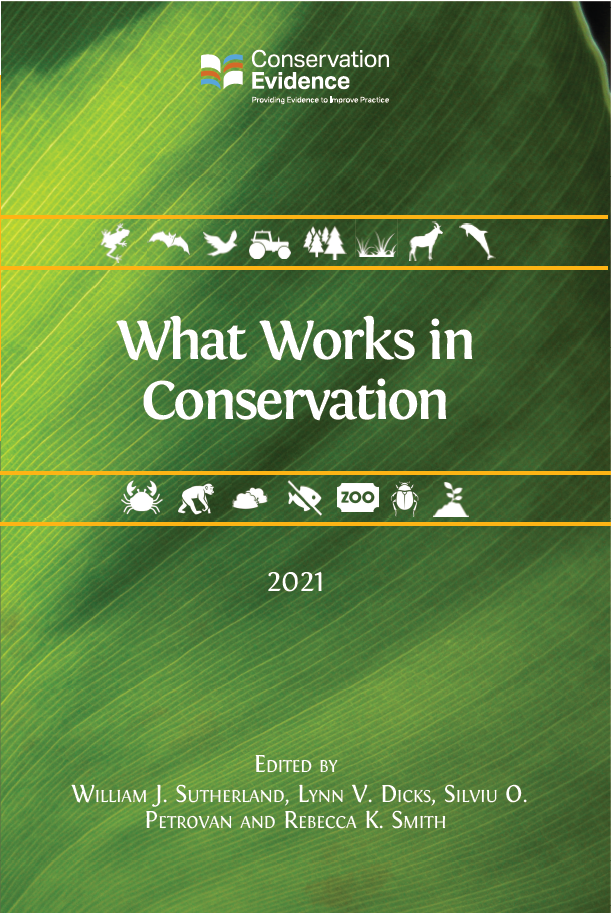
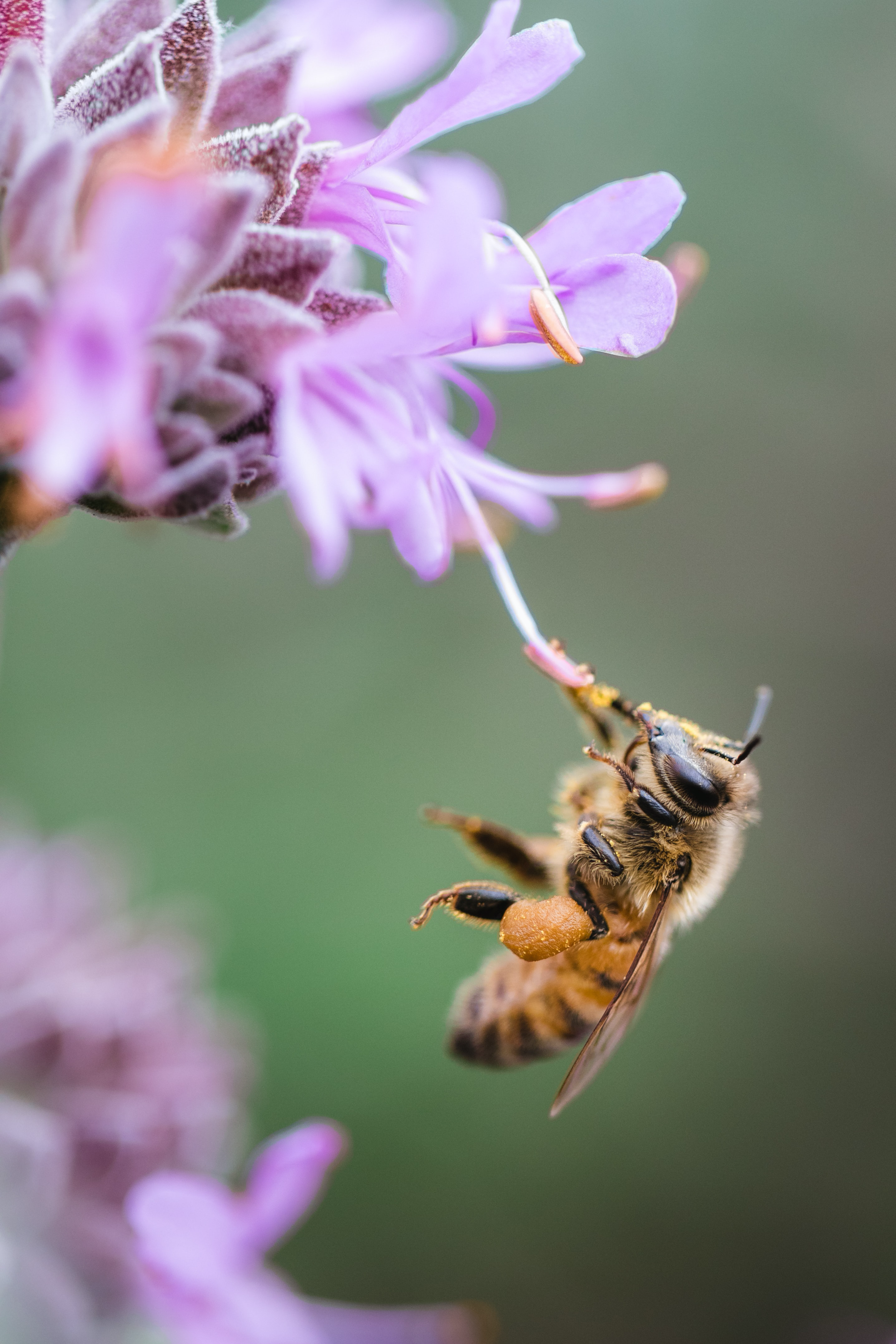


)_2023.JPG)





